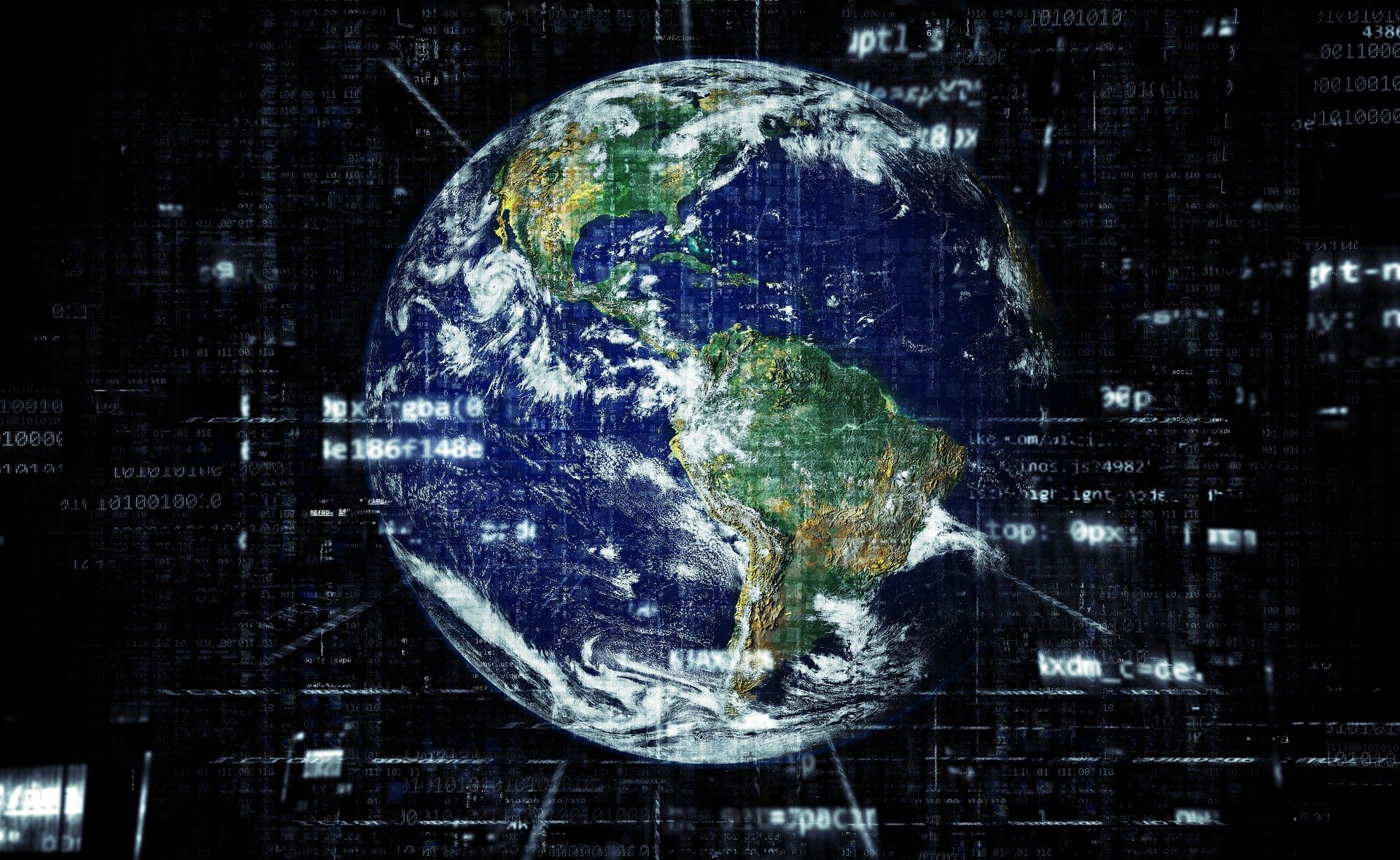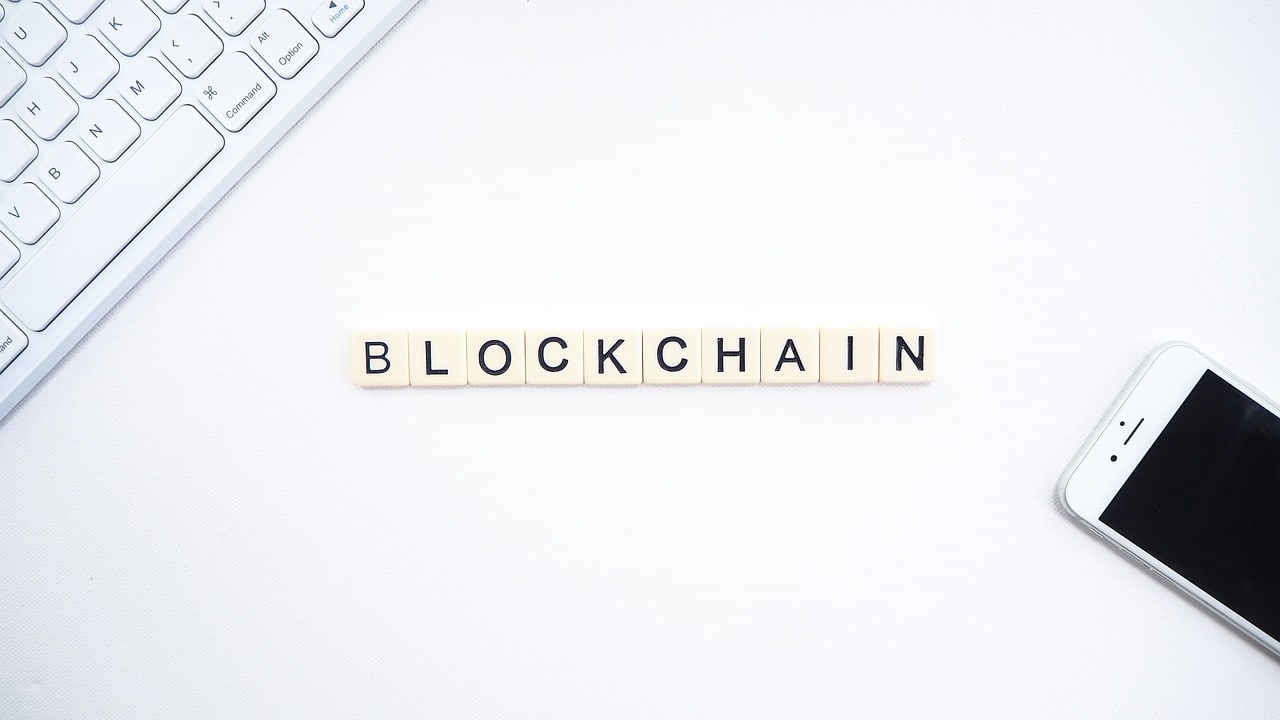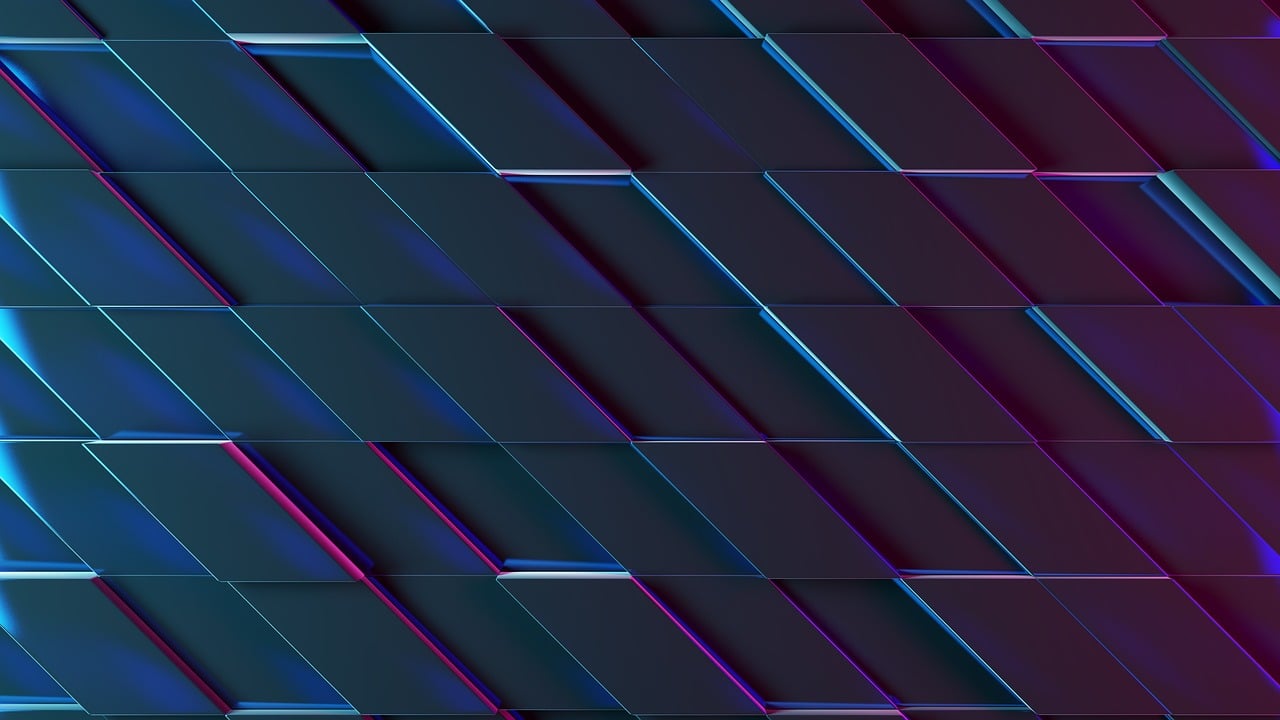
The future of the internet according to Tim Berners-Lee
Between blockchain and web 3.0, there are many who have tried to estimate the future of digital and the world wide web, but if there is one person in the world who deserves to be heard about the predictions on the future of the internet, this person is probably just who invented the internet. In fact, Tim Berners-Lee gave an interview to the Times Online in which he talks about his vision on the future of the web, clarifying some details.
We report the interview in full, focusing on a point that in our opinion deserves particular attention, because it is crucial for one of the key topics of recent years: digital privacy. Browsing online every day we release huge amounts of data that tell about our people and our daily activities; currently such data are in the possession of a few large international technology companies that are essentially free enough to make use of it as they wish. While it is true that digital privacy laws have doubled in the last two years, it is also true that we realized very late that these issues had to be regulated, years in which the use of our data was practically a problem for us. ‘unknown.
Tim Berners-Lee’s vision is an internet made up of data held by users, and not by technology companies, let’s find out more about the semantic web and the Solid project.
Using the Semantic Web, one can build applications that are far more powerful than anything currently on the current Web. Let’s imagine what would happen if two completely distinct elements – such as an account statement and your diary – spoke the same language and could share information with each other. You could drag one over the other and immediately a number of ticks would appear on the agenda to indicate precisely when money was spent. And if you are unsure where a certain transaction took place, you could drag your photo album to the calendar and you would be informed that the credit card was used on the same day you were taking pictures of the own children in the park. In this way, you might know that a certain cash outflow does not result from charging a tax … In essence, it is a seamless texture that includes all the information concerning one’s life.
In the semantic web it is as if every piece of information has a longitude and a latitude on a map and anyone can assemble this data and use it for different purposes.
At the moment everyone is very excited about the possibility of creating all these connections between people – for obvious reasons, because people are important – but I think in a while people will start to understand that there are many other things that can be interconnected. through the web.
There are certainly adequate ways to deal with this threat. I believe that we will soon see a new situation where different types of crimes will become viable and lucrative and that is something we must constantly be aware of. One option is to develop systems that can more accurately track what information was used to achieve a certain result and thus ensure that people are not using their rights to do things that should not be done.








